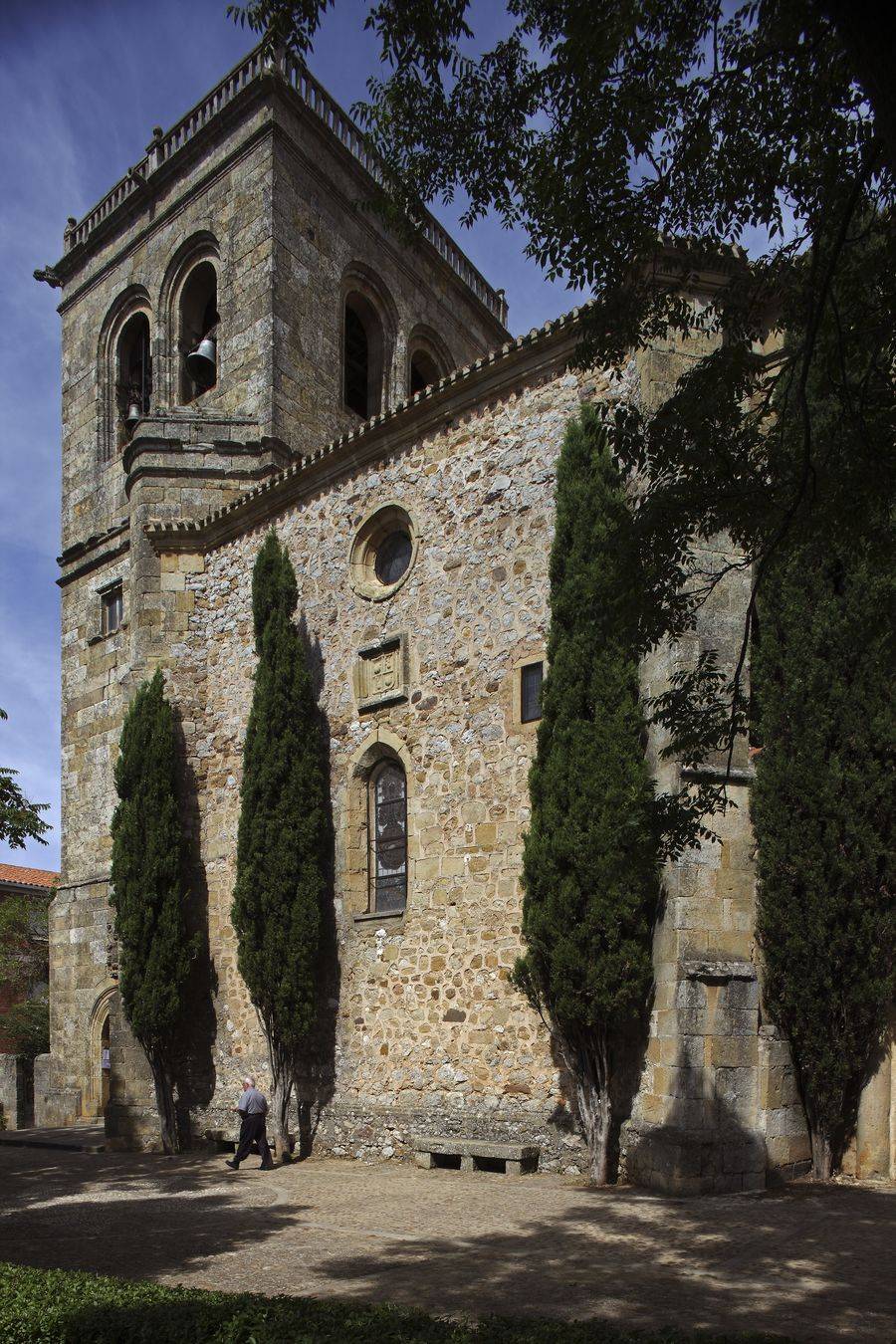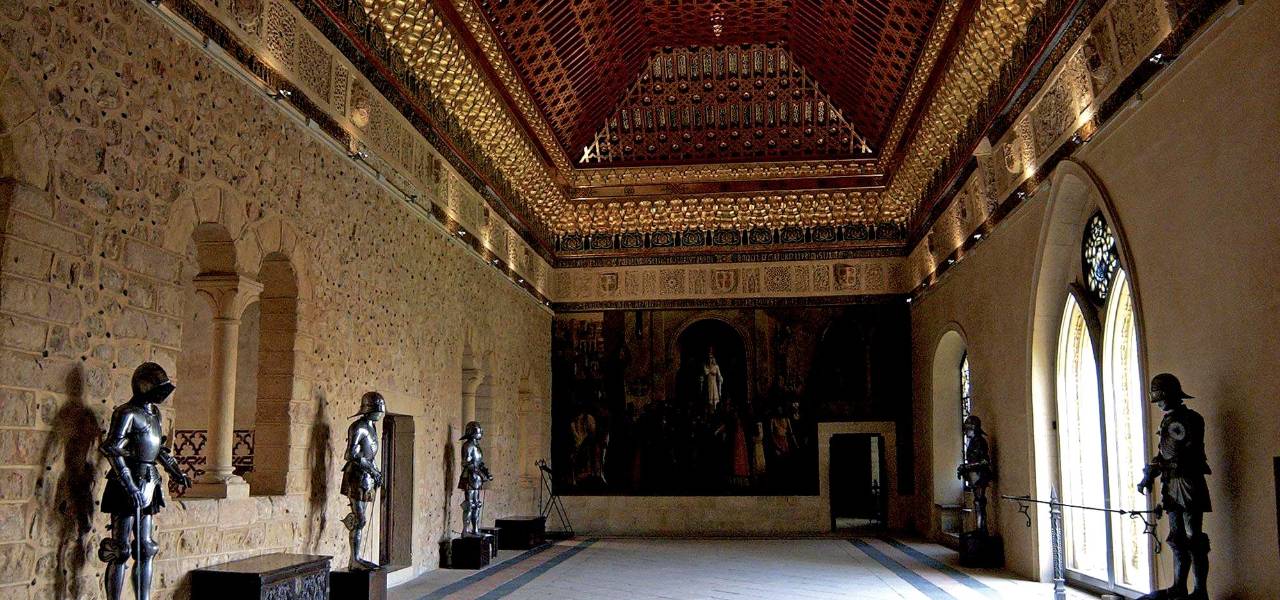Tourist Route: On the trail of Machado
- Position
- Segovia province
- Spain province
- Type of route
- Weekend
An intriguing route that takes visitors through the provinces of Soria and Segovia as they retrace the steps of Antonio Machado. Starting in Soria, where visitors can explore the spaces related to the poet and his time in the city, such as the Church of Santa María la Mayor, where he married Leonor Izquierdo, or the Chapel of San Saturio, which introduces travellers to Machado’s poetry and the landscapes of Soria.
This four day route features the places in Soria and Segovia that held a special place in the poet’s heart, and includes visits to Prádena, Riaza and Sepúlveda, as well as the provincial capital, where tourists can admire the spectacular aqueduct and visit the Antonio Machado House Museum.
What to see?
 Parish Church of San Quirico and Santa JulitaMore information
Parish Church of San Quirico and Santa JulitaMore informationThese churches were built between 1698 and 1706 by the master builder Baltasar de Pontones. It has star-shaped vaults and, inside, a canopy arch that might be part of an earlier 15th-centurt structure.
 Church of Nuestra Señora del EspinoMore information
Church of Nuestra Señora del EspinoMore information16th-century apse. To the right of the church there is an old oak, reminiscent of the one mentioned by Antonio Machado, whose verses can be read inside the church. Leonor, the wife of Machado, lies buried...
 Hight School Antonio MachadoMore information
Hight School Antonio MachadoMore informationOld jesuit school, with a baroque facade product of the restoration carried out in the mid 18th century after a fire which resulted in the loss of the rest of the convent. The classroom where the poet...
 Convent of San Juan de la CruzMore information
Convent of San Juan de la CruzMore informationSpirituality centre for the Padres Carmelitas Descalzos. There is an extensive programme of courses on theology, psychology, spirituality... There are 32 rooms, two chapels and three meeting rooms as well...
 Walls of El Burgo de OsmaMore information
Walls of El Burgo de OsmaMore informationThe Puerta de San Miguel is the only remaining gate of the walls, which the warrior bishop Pedro de Montoya had built in 1458. Some turrets and walls have been preserved, especially the west section.
 Hermitage of the Virgen del MironMore information
Hermitage of the Virgen del MironMore informationRectangular shrine with a large central facade. On the facade's attic there is a tympanum with two bells underneath.The outside is simple and the inside is baroque mixed with rococo. In front of the shrine...
 Sanctuary of Nuestra Señora de FuencislaMore information
Sanctuary of Nuestra Señora de FuencislaMore informationHerreran temple (17th century), a project of francisco de mora in 1598. Carried out by Pedro Brizuela. The 18th century railings donated by the textile workers are noteworthy.The Gothic statue was installed...
 Castle of PedrazaMore information
Castle of PedrazaMore informationPoligonal ground plan, double enclosure, with cues and square turrets, plus an artificial moat excavated in the rock. The castle uses part of the wall and preserves the remains of one front, with Romanesque...
 Alcazar of SegoviaMore information
Alcazar of SegoviaMore informationThe land it now occupies must have been the site of important fortifications since antiquity given that the water pipes from the aqueduct finish in the Alcázar.On the site of successive Roman, Visigoth,...





